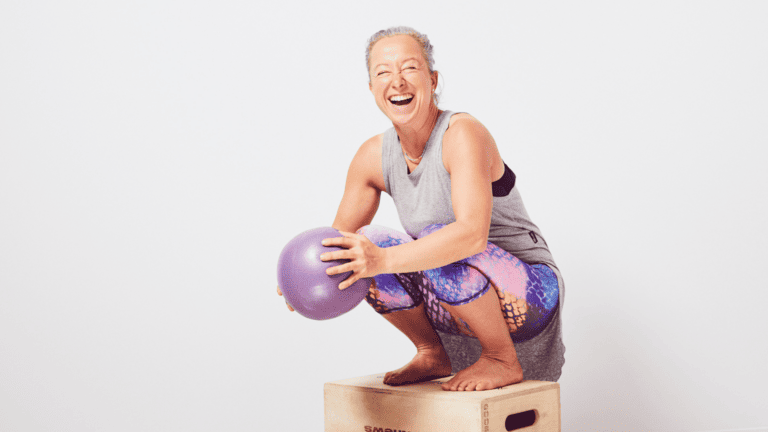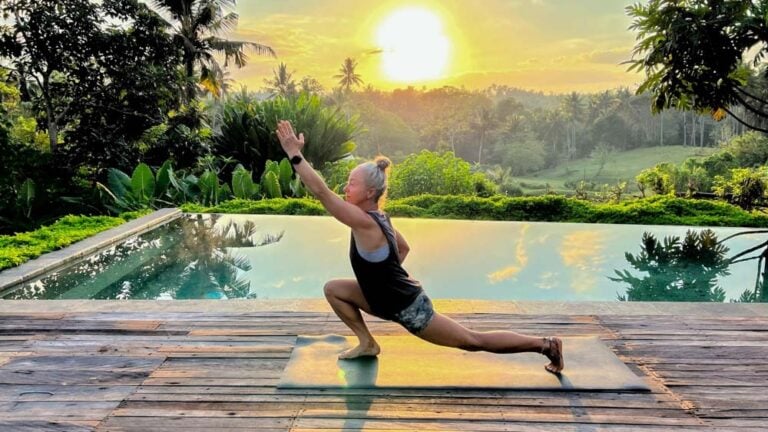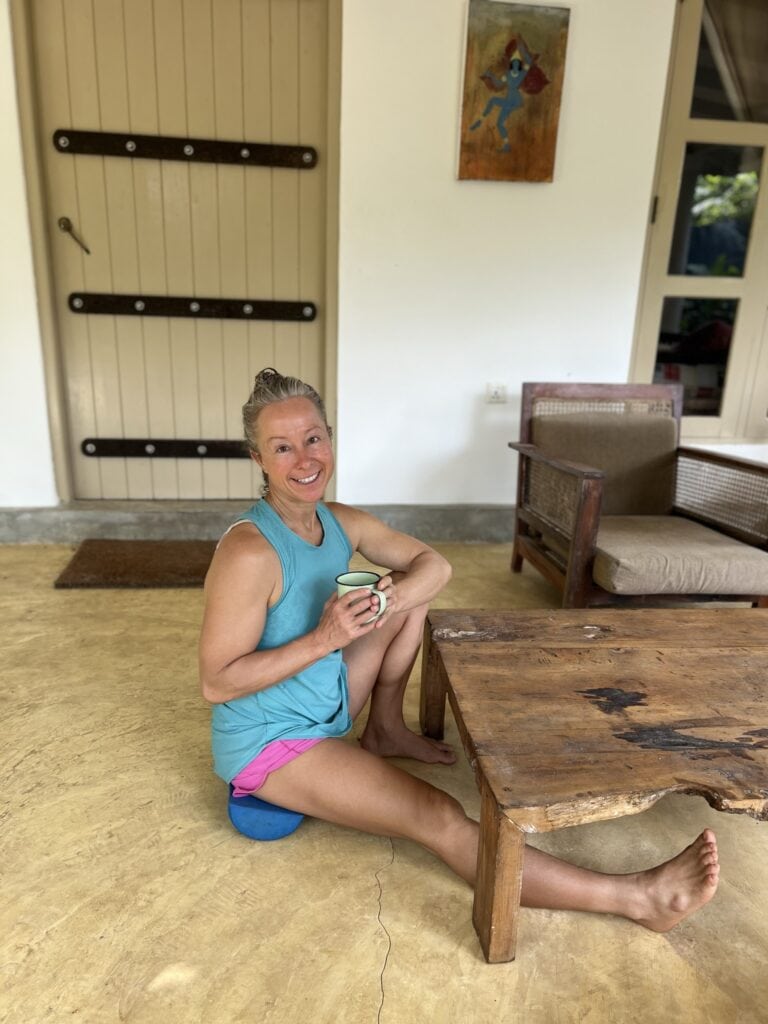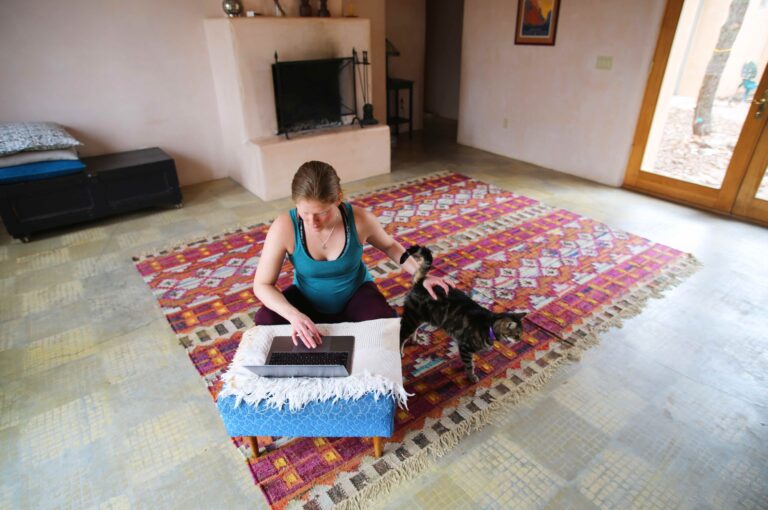
The Ultimate Gear Guide To Support Your Movement & Joint Mobility Practice
I get a lot of questions about what movement equipment I recommend. Carefully chosen movement props can be real game changers! Good props can help you do a much wider variety of exercises (which means more varied options for your




